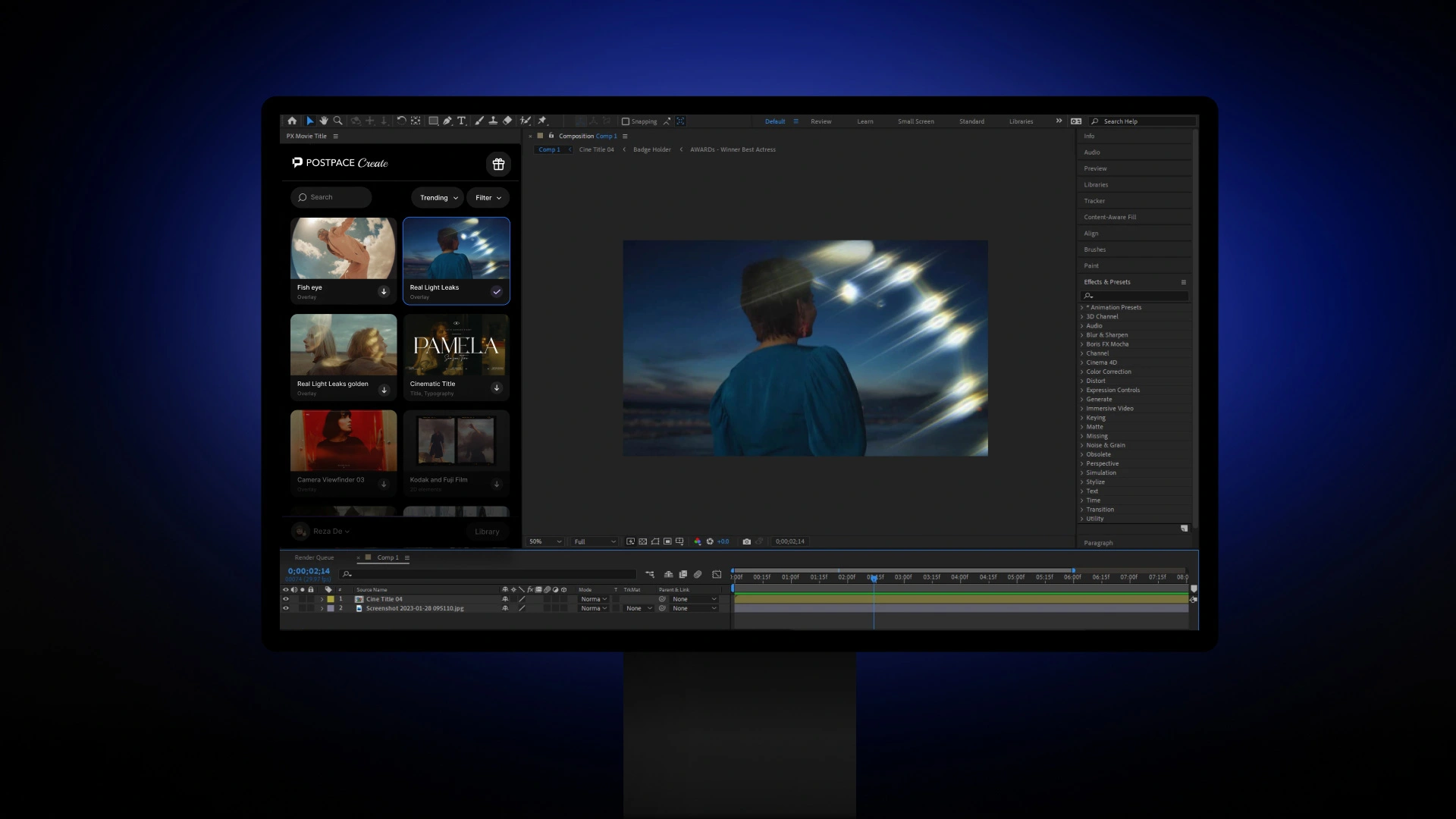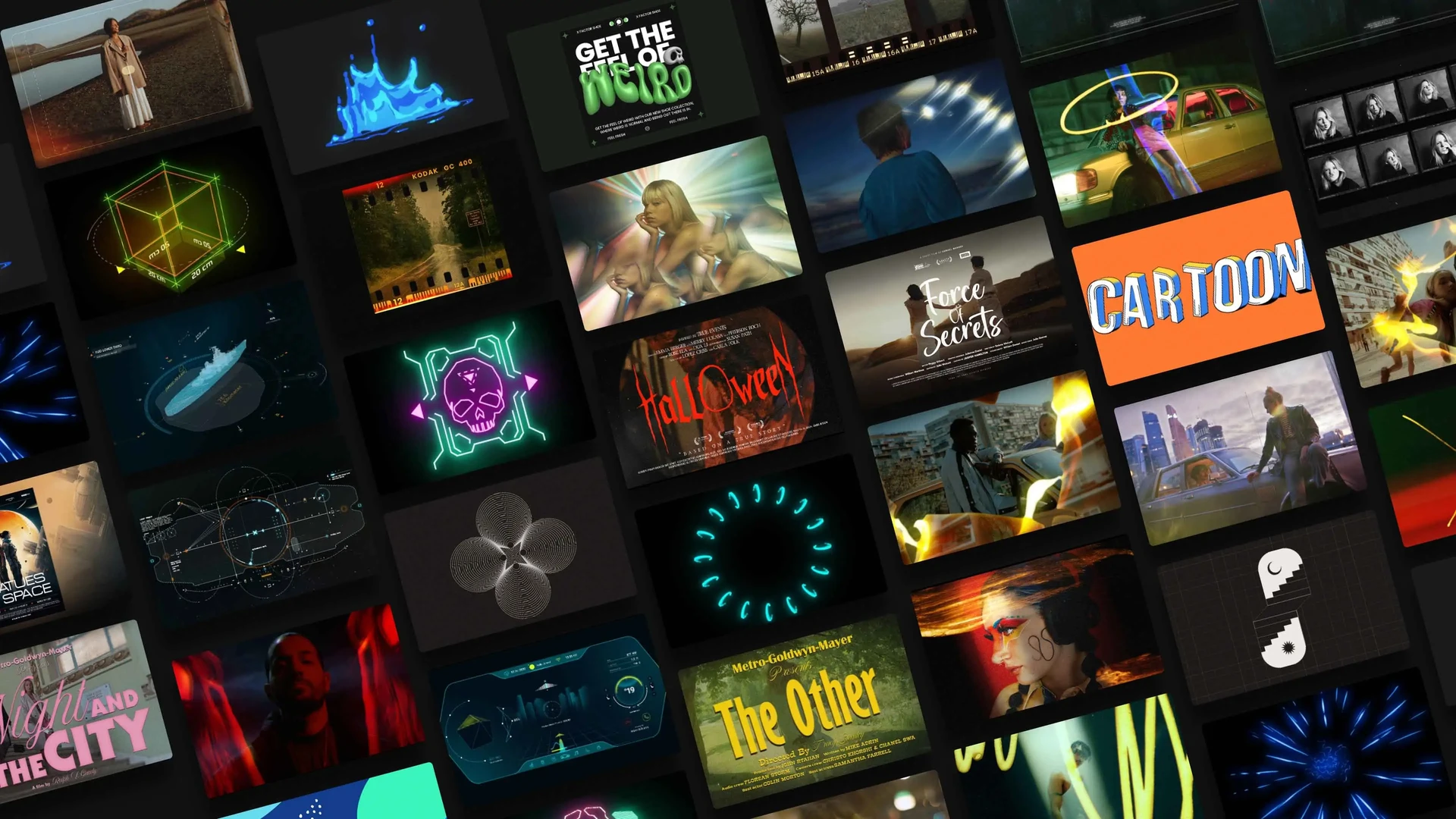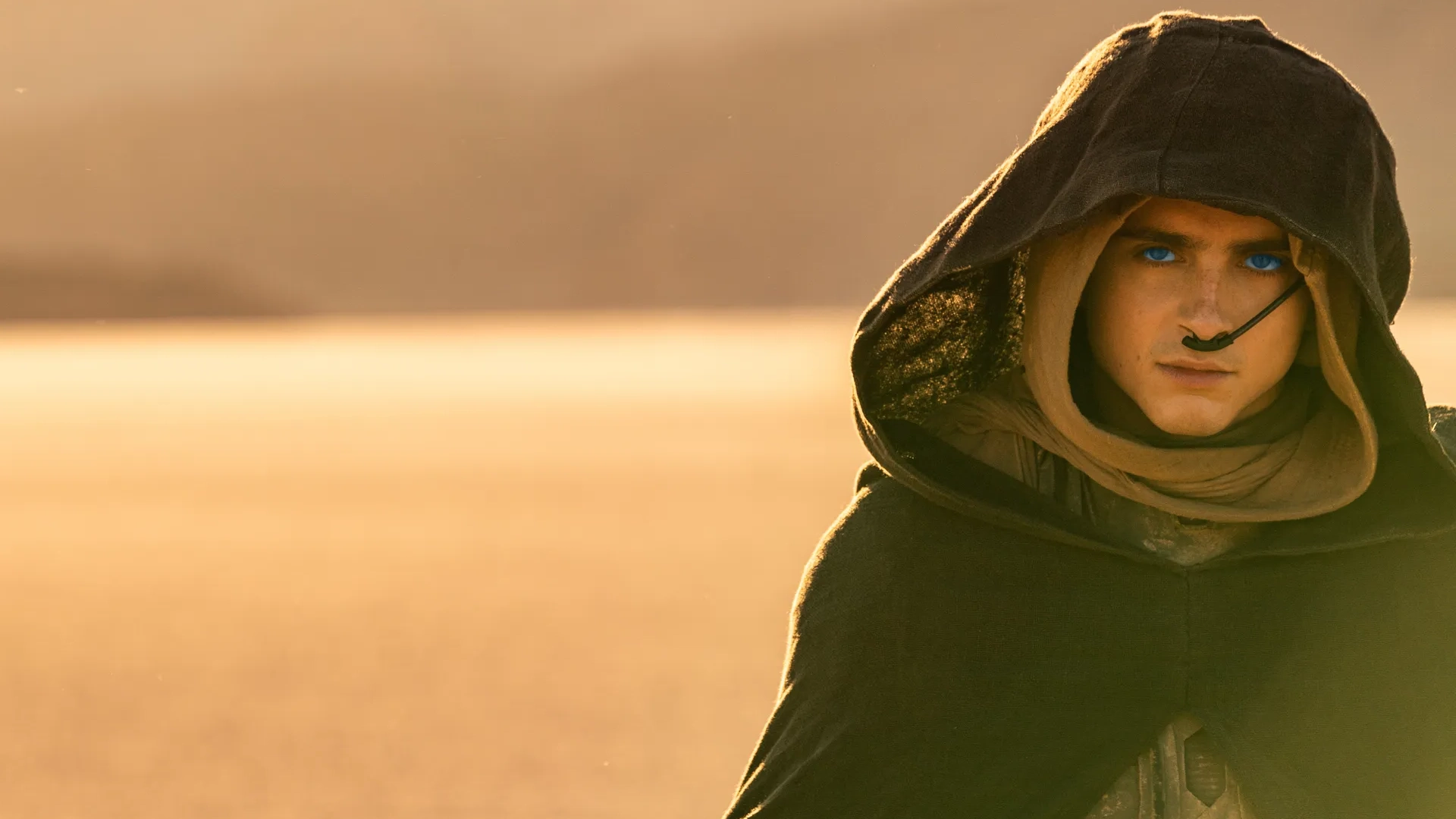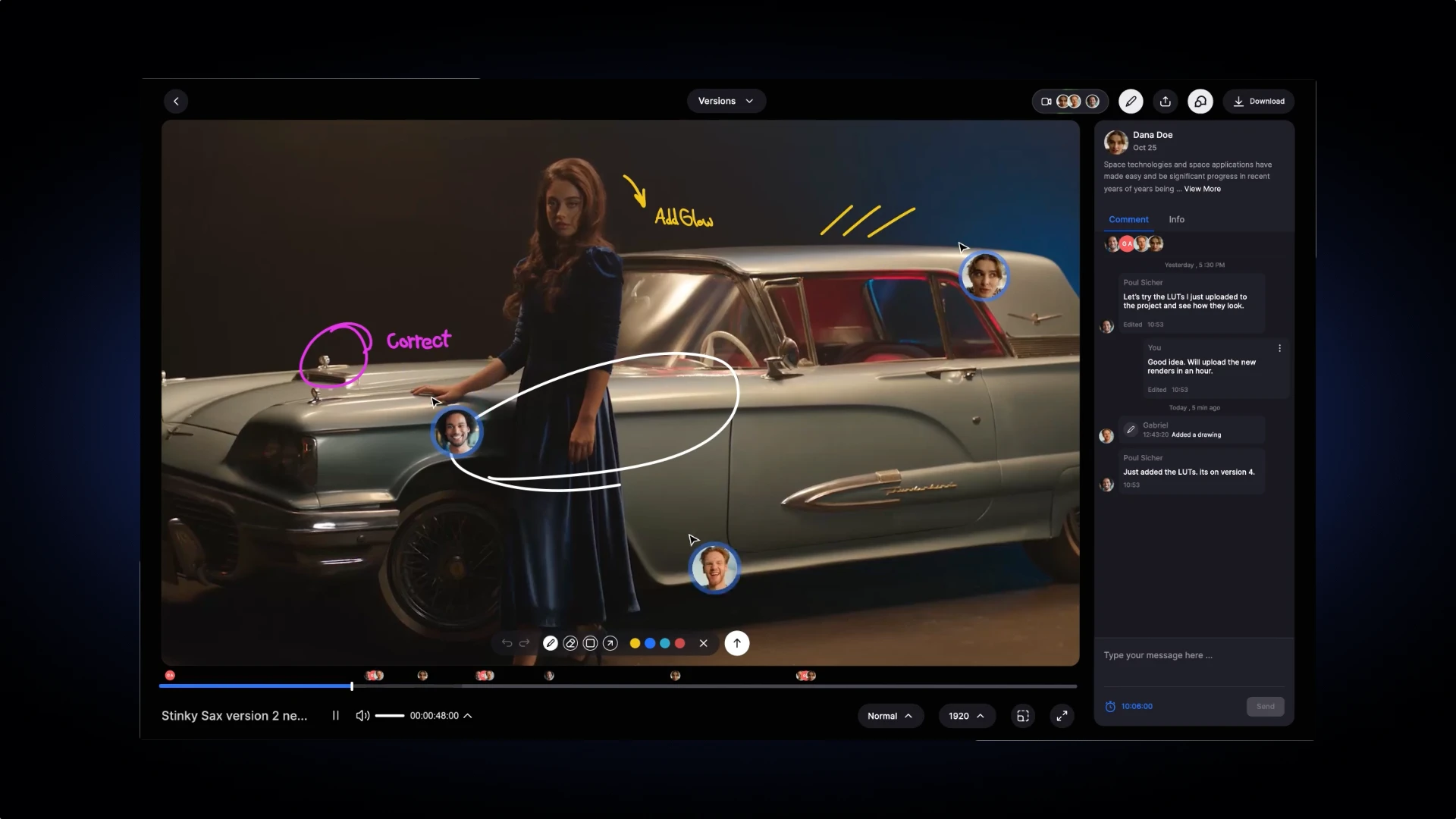Well, Toy Story 1 released on 1995 gave an affirmative answer to all these questions and made a new line of movies possible for the film industry. It’s the first in many cases and the pioneer of the animated movies we see today as it’s the first CGI animated feature film that showcases an amazing 3D world with lighting, shading, and textures, and some beautifully created characters including human characters and LIVING TOYS. But was it truly the first animated movie created completely with CG animation? Let’s take a closer look at the CGI history behind Toy Story and its status as an animation game-changer.
The Origins of CGI in Filmmaking
Although Toy Story brought CGI to the theatrical mainstream, computer generated imagery had been used in filmmaking since the 1970s. Early examples include the proto-CGI in Westworld (1973) and more prominent digital effects in Tron (1982) and The Last Starfighter (1984). However, CGI was primarily used for special effects or enhancements at this stage.
The first fully CGI-animated short film was Luxo Jr. created by Pixar animation studios in 1986. This pioneering work demonstrated the potential for computer animation to tell entire stories not just supplement live-action. In 1988, Pixar built on this with their second short film Tin Toy, which featured a CDC Cyber 910 mainframe computer. This laid crucial technological groundwork for the eventual realization of the first CGI feature Toy Story.
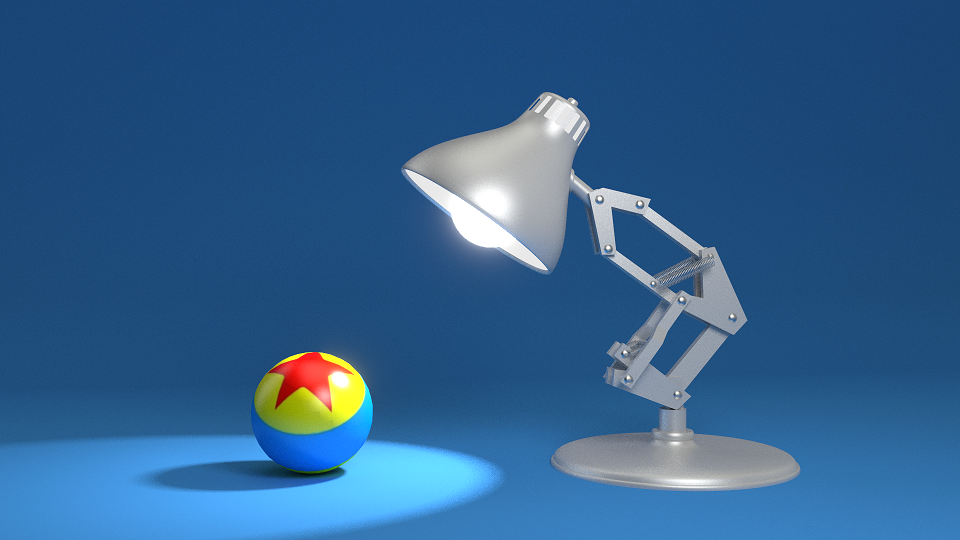
Pixar As An Ally
Toy Story was the movie that raised the bar and turned animation from being hand-drawn to digital animation and visual effects. But the key to this groundbreaking project was a deal worth $26 million between Walt Disney Pictures and Pixar Animation Studios that made them a powerful team in 1991.
Pixar at that time had already experimented with some successful animations like the Oscar-nominated 2-minute short Luxo Jr. in 1986 which was the first CGI short animation and became Pixar’s logo later on. Luxo Jr. was followed by Pixar’s Oscar-winning 5-minute short CGI animation Tin Toy in 1988 which was the first to win an Academy Award for Animated Short Film. And these experiences paved the way for Toy Story to be made.
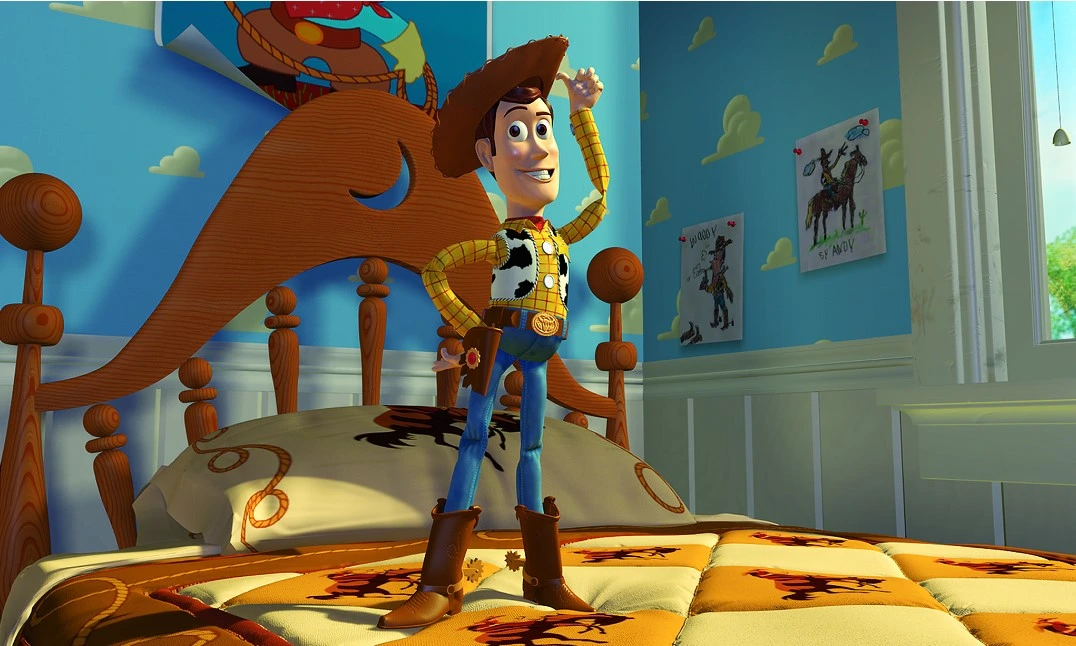
Over 77 minutes of pure CGI animated!
At 81 minutes, Toy Story presented unmatched challenges compared to the couple-minute runtimes of previous CGI fare. The film contains over 77 minutes of pure CGI with no live action. Generating this feature length film of polished imagery was a monumental feat.
Toy Story also featured major advancements in character and environment modeling. Woody alone utilized 700 motion controls in his face, while cloth, wood, and metallic surfaces displayed unprecedented realism. The film integrated these elements into intricate sets like Andy’s bedroom rarely seen in CGI.
Behind the scenes, producing Toy Story required immense technological innovation. Pixar designed their own $15 million RenderMan rendering software to handle the visual scale. Total rendering time topped out at 800,000 machine hours across a “render farm” of 117 Sun Microsystems computers.
Finally, Toy Story proved CGI’s commercial viability. With a budget over $30 million, the future of computer animation hinged on financial success. The film grossed $373 million worldwide, signaling CG’s profit potential and paving the way for CGI dominance.
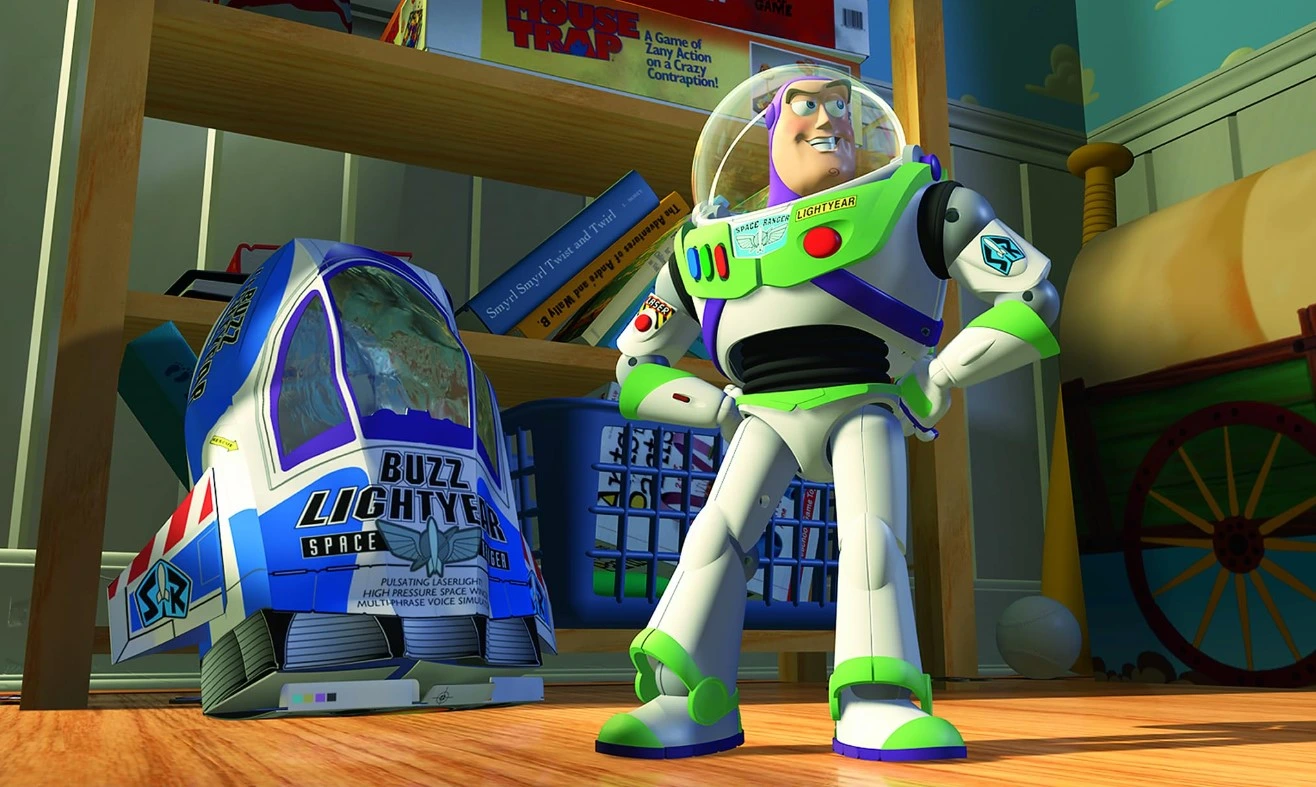
Was Toy Story Truly the First Fully CGI Film?
Given these breakthroughs, can Toy Story claim the title as the original fully computer animated theatrical release? The answer is yes – with a couple caveats.
A few obscure CGI films technically predate it, such as the infamous 1981 short The Adventures of André and Wally B. Made by Lucasfilm’s Computer Division, it was true CGI but not released theatrically. Similarly, CGI experiments like The Works (Lucasfilm, 1986) and Ballistic (MSU, 1989) advanced CG technology while remaining firmly in the research domain.
The other contender is 1984’s Golgo 13, which used CGI by utter necessity. After losing their animation cels in a laboratory accident, staff resorted to crude CGI at great effort to salvage the work. However, Golgo 13 incorporated CG out of desperation rather than artistic choice and lacked Toy Story’s sophistication.
So while other projects pre-emptively dabbled in computer animation, Toy Story stands supreme as the first truly intended, theatrically released all-CGI film. Backed by visionary leadership, it provided the proof of concept that CG was the future.
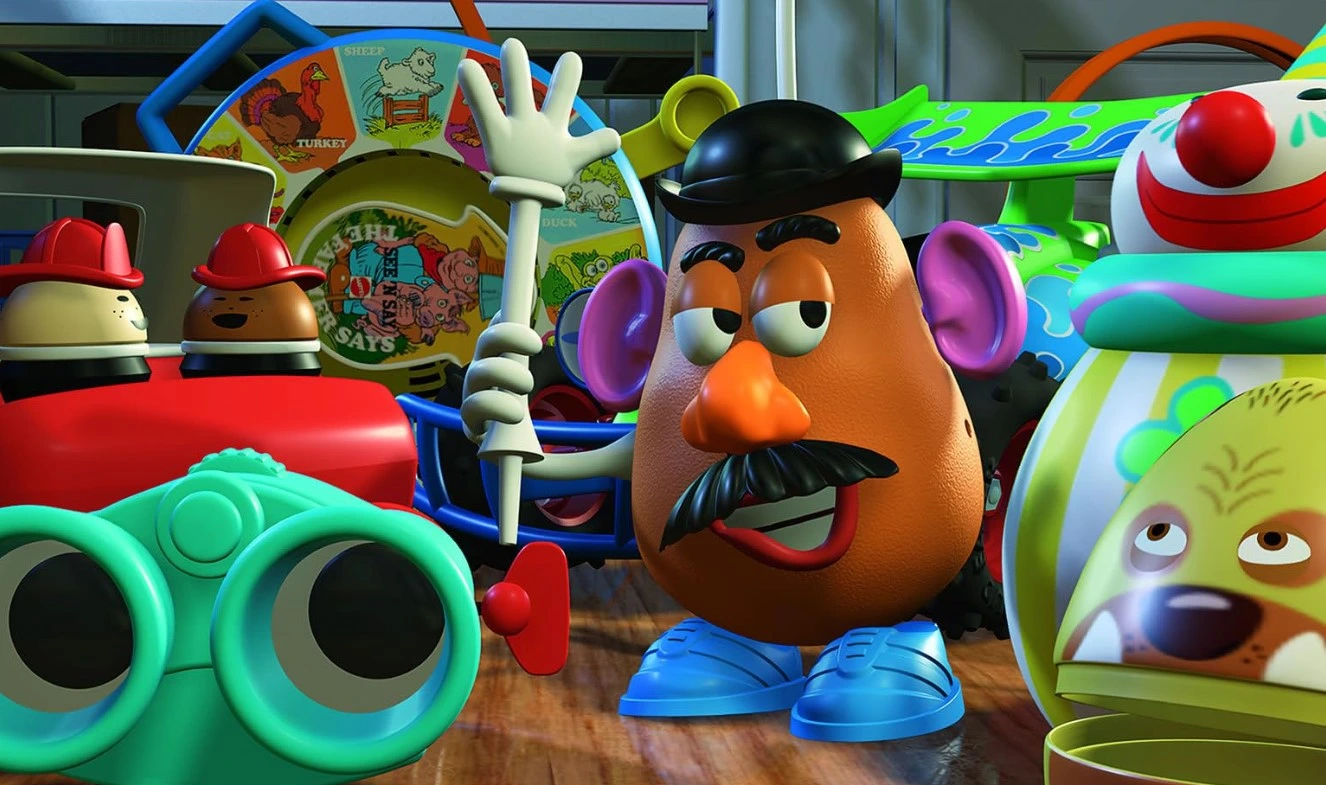
Production And The Theme of Toy Story CGI
Toy Story is also the first feature film of Pixar to be released in theaters, created by 27 animators in a team of 110 individuals working over 800,000 hours to render the finished movie, for its release in November of 1995. But the reason that the characters of Toy story became so popular is that most of the toys were classic variants of different toys played by many children over the years beginning in the 1950s, so it was somehow the interest both children and adults had in common.
Another key element of the movie that guaranteed its success and made room for a franchise to arise, is the story and the theme of it which is unique in some ways. First, it brought to life the most common dream among so many young children which is to have their toys come to life. And second, it includes messages like the importance of friendship, the negative effects of jealousy, the fear of being replaced or overtaken by new ones, the peace that comes from getting back home, and finally the classic struggle between the forces of good and evil.
The movie also benefits from the voices it used to create the characters of the toys. Most notably for voices like Tom Hanks for Woody toy story cowboy doll and Tim Allen for space toy Buzz Lightyear, and many others that brought the characters to life for the entire franchise.
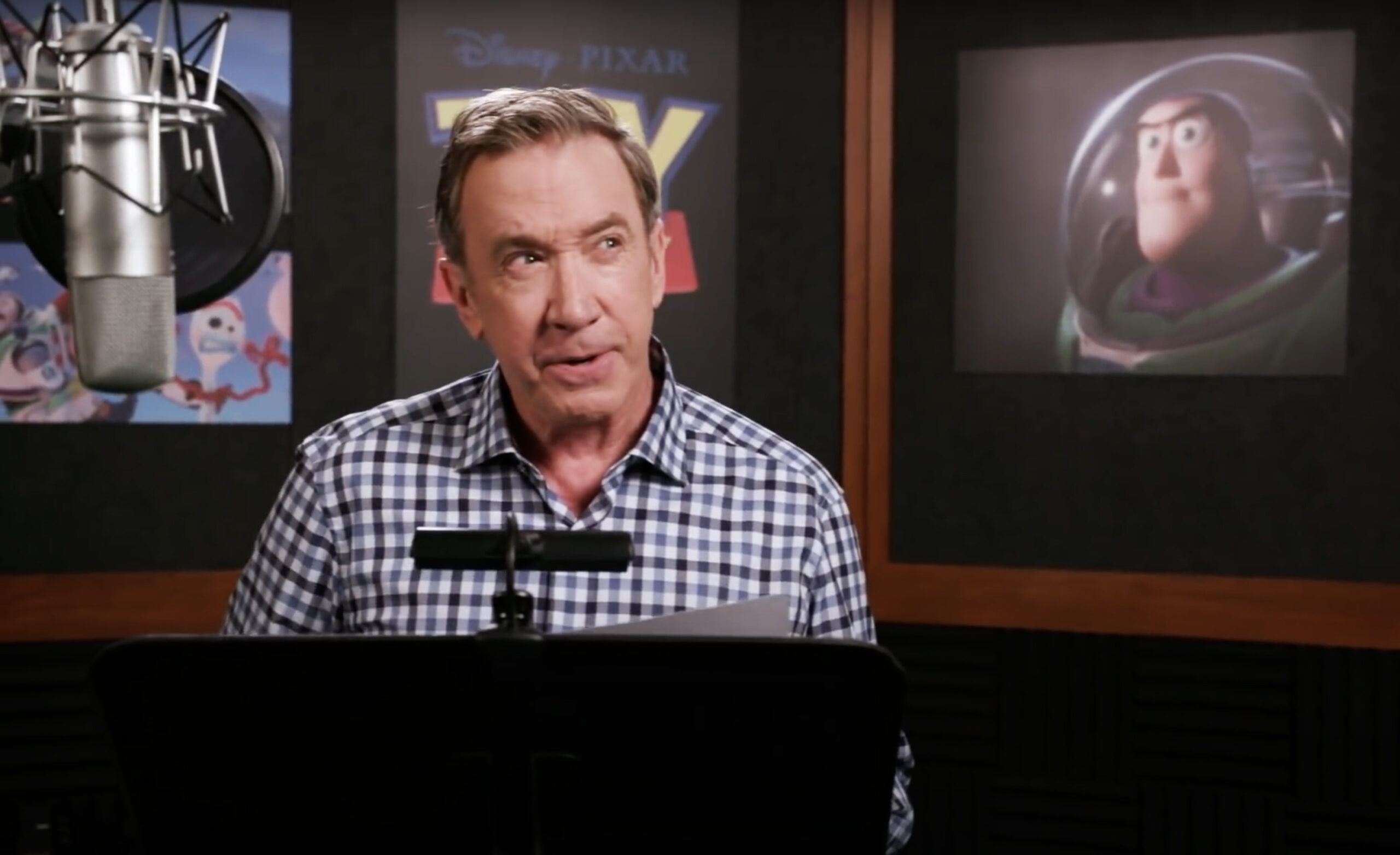
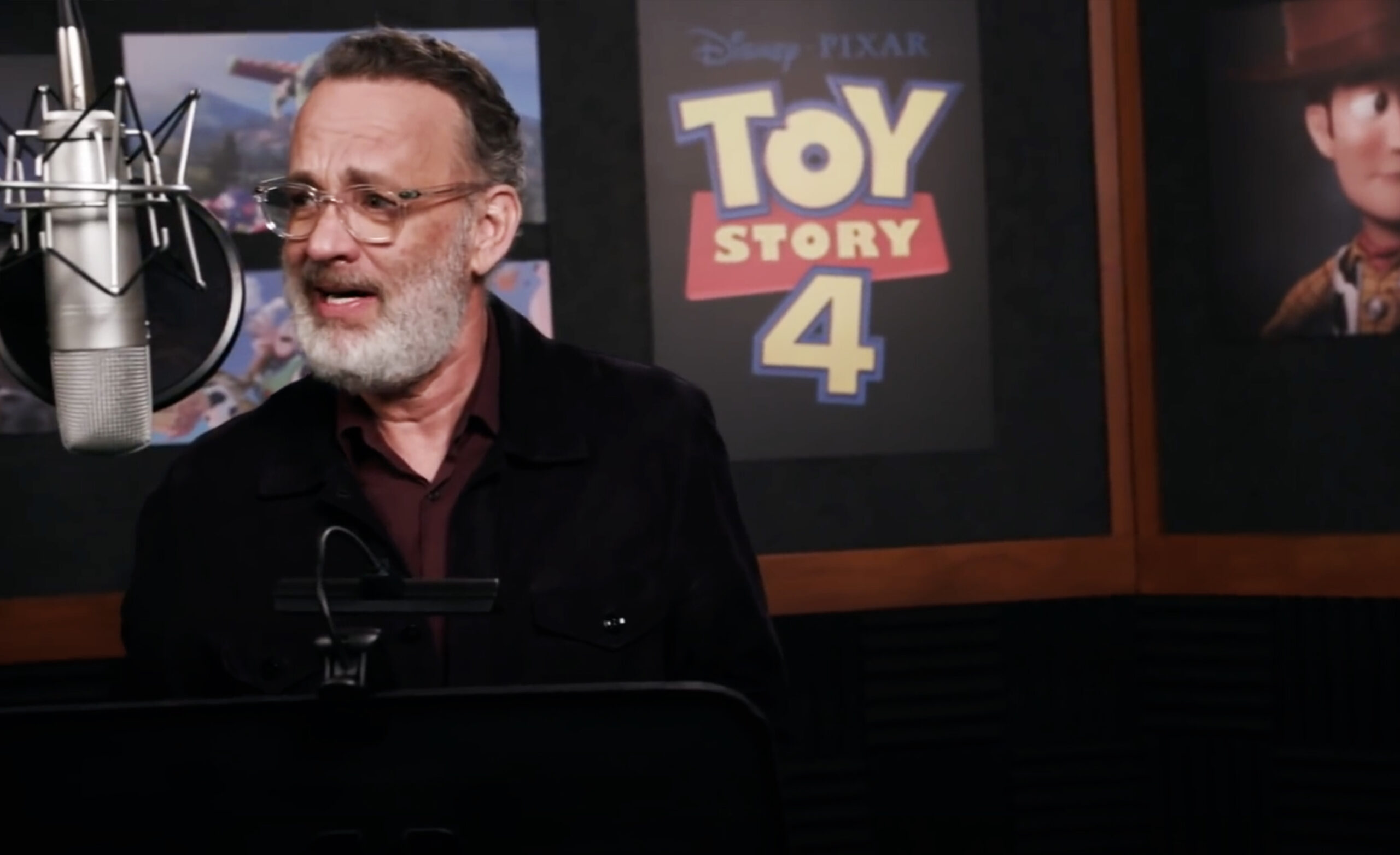
Pioneering a New Era in Animation
Toy Story is notable for many innovations and ‘firsts’ like:
- Nomination for three Academy Awards: Best Original Song for Randy Newman’s song “You’ve Got a Friend in Me”, Best Original Musical Score, and Best Original Screenplay
- The first animated film in Oscar history to be nominated for an Academy Award for Best Screenplay
- The only Pixar film at the time to have full opening credits
- The highest-grossing domestic film in 1995
- The first Pixar film to be adapted for television
- And the first Pixar film to debut as a live-action musical on Disney Cruise Line’s The Disney Wonder in 2008
Pixar team masterpiece
Toy Story ushered in an unprecedented era of mainstream CGI animation. By 2000, 50% of animated films used CG animation, skyrocketing to 90% by 2009. Pixar led this movement with groundbreaking sequels like Toy Story 2 (1999) and Finding Nemo (2003).
Soon the medium conquered television as well with shows like ReBoot (1994) and Beast Wars (1996). The field expanded further into video games, visual effects, and simulations based on principles established by Toy Story’s initial success.
Of course, CG animation continues evolving dramatically. Compare Toy Story’s now-primitive polygons with modern photorealism in films like Avatar (2009). But without Toy Story pioneering feature-length CGI against all technological odds, today’s animation landscape would look starkly different.
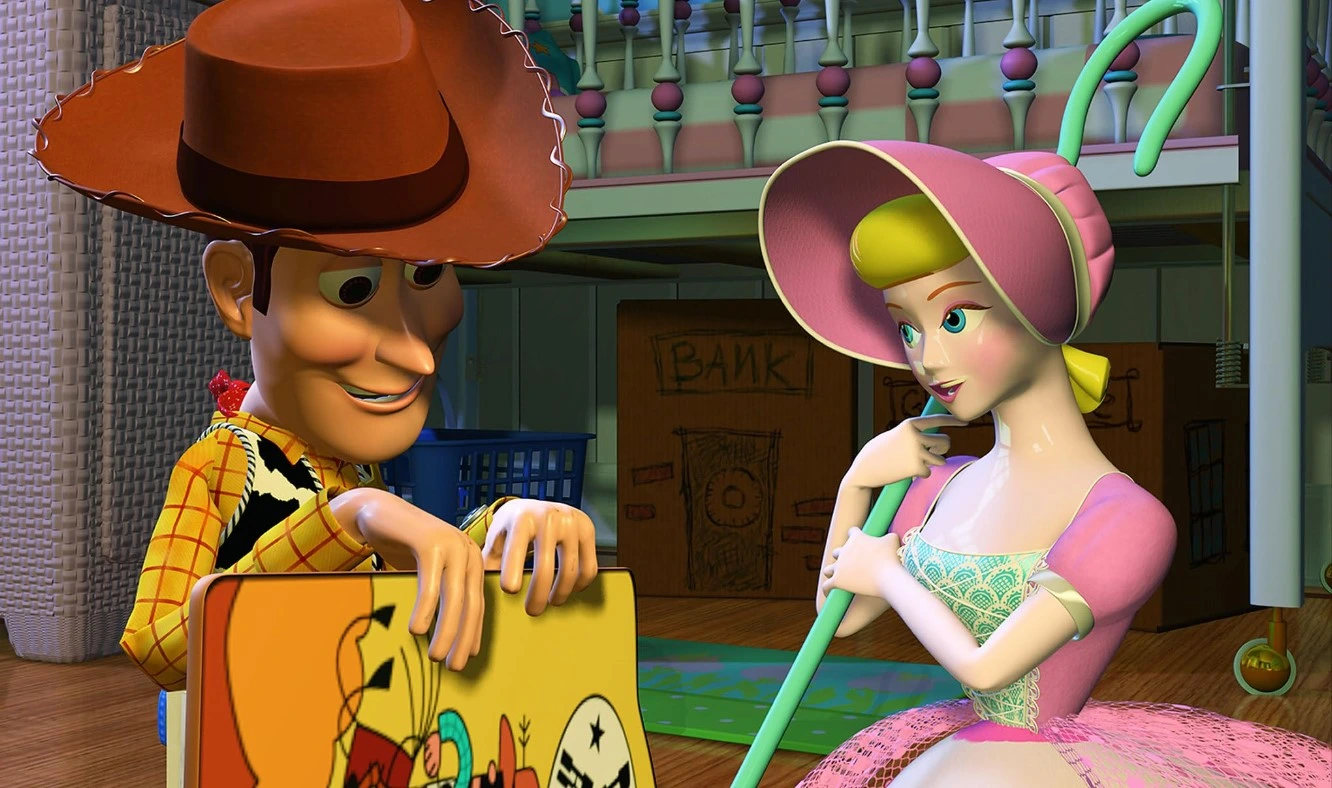
The Beginning of CG Dominance
So while not the absolute first use of CGI in filmmaking, Toy Story stands unparalleled as the first fully computer animated feature released theatrically to both critical and commercial success. It proved 3D CG animation was ready for primetime. Toy Story single-handedly ushered in mainstream CGI prominence across films, television, video games, and beyond. Simply put, it irrevocably altered animation history forever.
All in all, you can say that when a movie with a $30 million budget sells more than $373 million worldwide and become the first of a genre, is truly successful in its realm. But for us movie fans, it’s mostly a success for the memories we all have grown up watching the franchise and the world it’s brought to us.
Yes, Toy Story (1995) was the first ever full-length computer animated feature film. It pioneered the use of CGI to animate an entire movie.
Toy Story was indeed the first fully CGI film. Though some earlier short films and experiments used computer animation, Toy Story was the first movie completely animated with CGI from start to finish.
They animated Toy Story through a breakthrough technique of 3D computer animation. Instead of hand-drawn 2D animation, they built intricate 3D computer models of the characters and sets. These were manipulated frame-by-frame to create the illusion of movement.
While simple computer graphics emerged in the 1960s, photorealistic 3D rendering capabilities truly arrived in the late 1980s and early 1990s. This allowed the complex CGI seen in milestone works like Toy Story, which revolutionized animation starting in 1995 by showing the power of computer animation.
